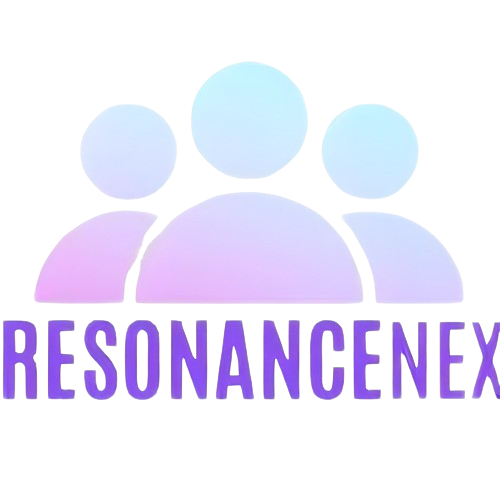Ever Wondered Why You Didn’t Get The Job, Even Though You Were More Qualified?
Ever Wondered Why You Didn’t Get The Job, Even Though You Were More Qualified? Introduction Job, Application, Process Have you ever applied for a job and felt like you were the most qualified candidate, yet still didn’t get the job? The job application process can be frustrating, and it’s often hard to understand why you didn’t get the job. There could be any number of reasons. Maybe the other candidate had a better interview. Maybe they knew someone at the company, or maybe they had a better skillset. But whatever the reason, it can be frustrating to be passed over for a job you know you’re qualified for. So what can you do to improve your chances of getting hired for the next role you apply for? The Job Application Process The job application process is an important part of any job search, and it’s important to understand the different stages of the process. The job application process typically involves several steps, and it’s important to understand them so you don’t make any mistakes and hurt your chances of getting the job. The steps usually involved are as follows: Research: Before you start applying for jobs, it’s important to do research on the company and the position you’re applying for to make sure it’s a good fit for you. This will help you make sure your qualifications match the job requirements. Resume/Cover Letter Preparation: You should spend time preparing your resume and cover letter to make sure they are tailored to the job you are applying for. Application Submission: Now that you have done your research and your resume and cover letter are prepared, you can submit your application to the company. Interviews: After your application is received and read, you may be called for an interview. This is a chance for you to make a good impression and talk about why you would be the perfect fit for the job. Follow-Up: After your interview, you should make sure to follow up with the company and thank them for their time. This will help show them that you are serious and interested in the job. The job application process can be frustrating and time-consuming, but by understanding each step of the process, you can make it less overwhelming and increase your chances of success. The Most Qualified Candidate No matter how much preparation and effort you put into your job application, there is still a chance you may not be chosen for the job. Even if you feel like you are the most qualified candidate and have gone through all the necessary steps, there may be bias in the selection process. Fortunately, there are ways to increase your chances of being chosen as the most qualified candidate. It’s important to be aware of potential biases and to take steps to ensure that the hiring process is fair and unbiased. Take the time to research the company’s hiring practices and policies to make sure that the process is fair and equitable. You can also look for signs of potential biases or inequities in the job posting and selection process. If necessary, you could take the initiative to bring up potential issues with the hiring manager or human resource department. Respectfully discuss any issues or concerns you may have to ensure that all candidates have an equal chance of getting the job. Finally, stay up to date on the latest industry trends so you can show employers you are knowledgeable. By following these tips you can increase your chances of being chosen as the most qualified candidate Why You Didn’t Get the Job Even if you did everything you possibly could to show yourself as the most qualified candidate for the job, there is still a chance that you might not get hired. It can be very disheartening and hard to accept, but if you didn’t get the job there are probably a few reasons why. First, some companies may use algorithms, applicant tracking systems, and other programs to eliminate unqualified applicants. It could be that the system somehow overlooked your qualifications. Another possible reason may be that the company was looking for someone with a specific skill set that you didn’t possess. Finally, the company may have had more qualified candidates. It is great that you can show potential employers that you are the most qualified candidate, but there are many other factors that employers look for in applicants. Factors such as dependability, work ethic, fit for the team, personality, and so on, may have made someone else stand out above you. As a job seeker, it is important to take any rejection in stride. Doing your best and giving it your all is the best way to ensure you get the best opportunities and keep trying until you find something that fits you perfectly. When You Are the Most Qualified Candidate You have done it! You have put your best foot forward, shown potential employers why you are the most qualified candidate for the job, and have the highest chance of being hired. How do you ensure that you get the job when you are the most qualified candidate? Here are some things you can do to ensure you walk away with the job. 1. Showcase Your Competencies: You have already showcased your hard skills, but now it is time to show employers how marketable and successful these skills can be. Discuss high points in your career such as your successes and any awards you were granted that highlight your qualifications. 2. Highlight Your Soft Skills: Your hard skills may verify that you are qualified, but employers also want to know about your soft skills such as your work ethic and team fit. Be sure to add in conversations and interviews a few points about your communication and people skills. 3. Prove Dependability: Show employers that you take your job seriously and that you understand that if chosen, you are counting on them as much as they are counting







